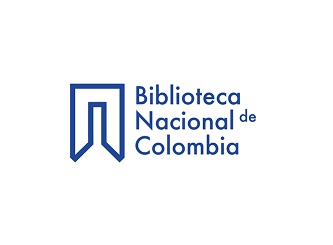Resultados: visualización detallada
Registro 1 de 1 para la búsqueda tipo de materia Aves Huevos y nidos Investigaciones Europa
The use of blue tit eggs as a biomonitoring tool for organohalogenated pollutants in the European environment / Evi Van den Steen [y otros catorce]
Evi Van den Steen; Rianne Pinxten; Adrian Covaci; Claudio Carere; Tapio Eeva; Philipp Heeb; Bart Kempenaers; Jan T. Lifjeld; Bruno Massa; Ana Cláudia Norte; Markku Orell; Juan José Sanz; Juan Carlos Senar; Alberto Sorace; Marcel EensVan den Steen, Evi,autor
- Datos de edición Qt 5.3.0
- Tipo de Documento Libro
-
Materia
Aves Huevos y nidos Investigaciones Europa
Bifenilos policlorados Investigaciones Europa
Contaminantes orgánicos Investigaciones Europa -
Descripción física
1 recurso en línea (7 páginas) :gráficos, 1 mapa
-
Descripción
Incluye referencias bibliográficas
In the present study, large scale geographical variation in the occurrence of organohalogenated pollutants (OHPs) was investigated throughout Europe using eggs of a terrestrial resident passerine species, the blue tit (Cyanistes caeruleus). Blue tit eggs from 10 sampling locations, involving suburban, rural and remote areas, in 7 European countries were collected and analysed. Sum polychlorinated biphenyl (PCB) levels ranged from 150 ng ...In the present study, large scale geographical variation in the occurrence of organohalogenated pollutants (OHPs) was investigated throughout Europe using eggs of a terrestrial resident passerine species, the blue tit (Cyanistes caeruleus). Blue tit eggs from 10 sampling locations, involving suburban, rural and remote areas, in 7 European countries were collected and analysed. Sum polychlorinated biphenyl (PCB) levels ranged from 150 ng/g lipid weight (lw) to 2003 ng/g lw. Sum polybrominated diphenyl ethers (PBDEs) ranged from 3.95 ng/g lw to 114 ng/g lw. As expected, PCB and PBDE concentrations were significantly higher in the sampled suburban locations compared to the rural and remote locations. Sum organochlorine pesticides (OCPs) ranged from 122 ng/g lw to 775 ng/g lw. OCP concentrations were, against the expectations, found to be lower in the rural sampling locations compared to the other locations. Contamination profiles of PCBs, PBDEs and OCPs differed also among the sampling locations, which may be due to local contamination sources. Finally, we compared the results of this study with previously reported OHP concentrations in the eggs of a closely related species, the great tit (Parus major), from the same sampling locations in Europe. We found no differences in concentrations between the species. In addition, we found a significant, positive correlation between the sum PCB concentrations in blue tit eggs and great tit eggs, suggesting similar exposure pathways, mechanisms of accumulation and maternal transfer of PCBs. In conclusion, our results suggest the usefulness of eggs from passerine birds as a biomonitoring tool for OHPs on a large geographical scale.Este recurso fue recibido por el Ministerio de Relaciones Exteriores, a través del Programa Colombia Nos Une, en alianza con la Biblioteca Nacional de Colombia en una enriquecedora iniciativa para la transferencia de producciones bibliográficas y documentales de colombianos en el exterior, su preservación y difusión a nivel nacional e internacional - Identificador 98156






